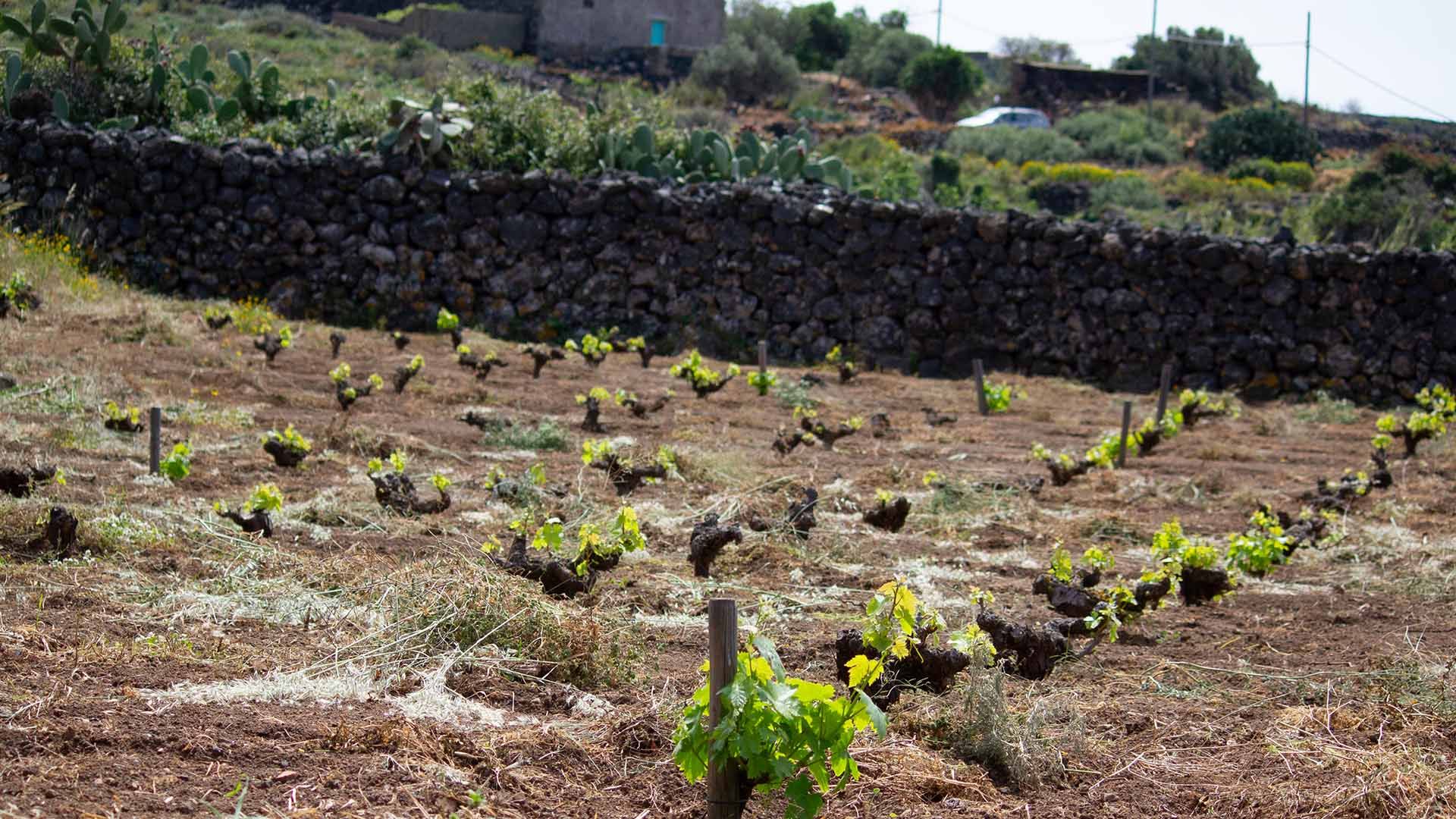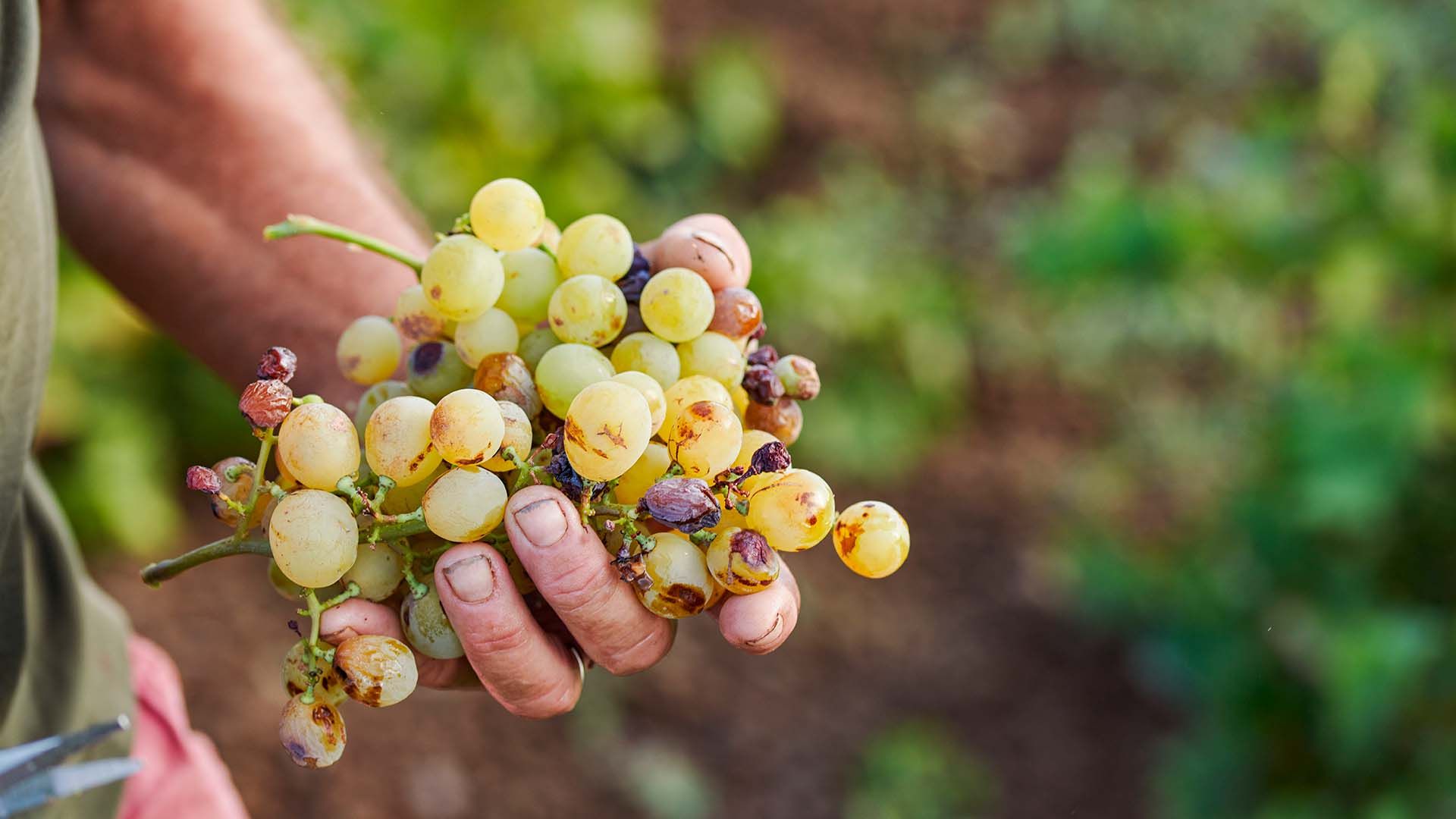Top Wine Spots in Pantelleria
Piana Ghirlanda
Known as Pantelleria’s agricultural garden, the Piana della Ghirlanda (in Pantesco, u Chiánu dā Ghirlánna) is an ancient volcanic caldera floor, leveled by alluvial events. Enclosed by rocky walls and wild vegetation, this basin experiences strong temperature swings between day and night—perfect for cultivating Zibibbo, which here ripens slowly, concentrating its fragrances and sugars. Pantelleria’s wine draws its bold, profound character from this place. The name likely comes from the Gerlando family name, present on the island in the 18th century.
Mueggen e Bukkuram
Agricultural zones inland, far from the sea yet immersed in the heart of the rural island. Here the vine grows low to the ground, using the alberello pantesco (bush vine) technique - an UNESCO Heritage practice. The landscapes are gentle and open, with vistas that seem lifted from a storybook.
Giardino Pantesco of Donnafugata
A living monument to the island’s agricultural ingenuity, the Pantesco garden is much more than a structure: it’s a small universe designed to nurture life where wind scorches and water is scarce. The Giardino Pantesco of Donnafugata—donated to FAI (Italian Environment Fund)—is one of the best preserved and visitor-friendly examples. Inside, a single citrus tree, protected by a circular dry-stone wall over two meters high, finds shelter from wind, sun, and salt spray. These gardens, found especially inland, were often accompanied by a vineyard or vegetable plot, representing a perfect balance of function, aesthetics, and sustainability. Every dry-stone wall tells a story of care and respect: a profound synthesis between human and harsh nature, transformed into a gesture of harmony.

